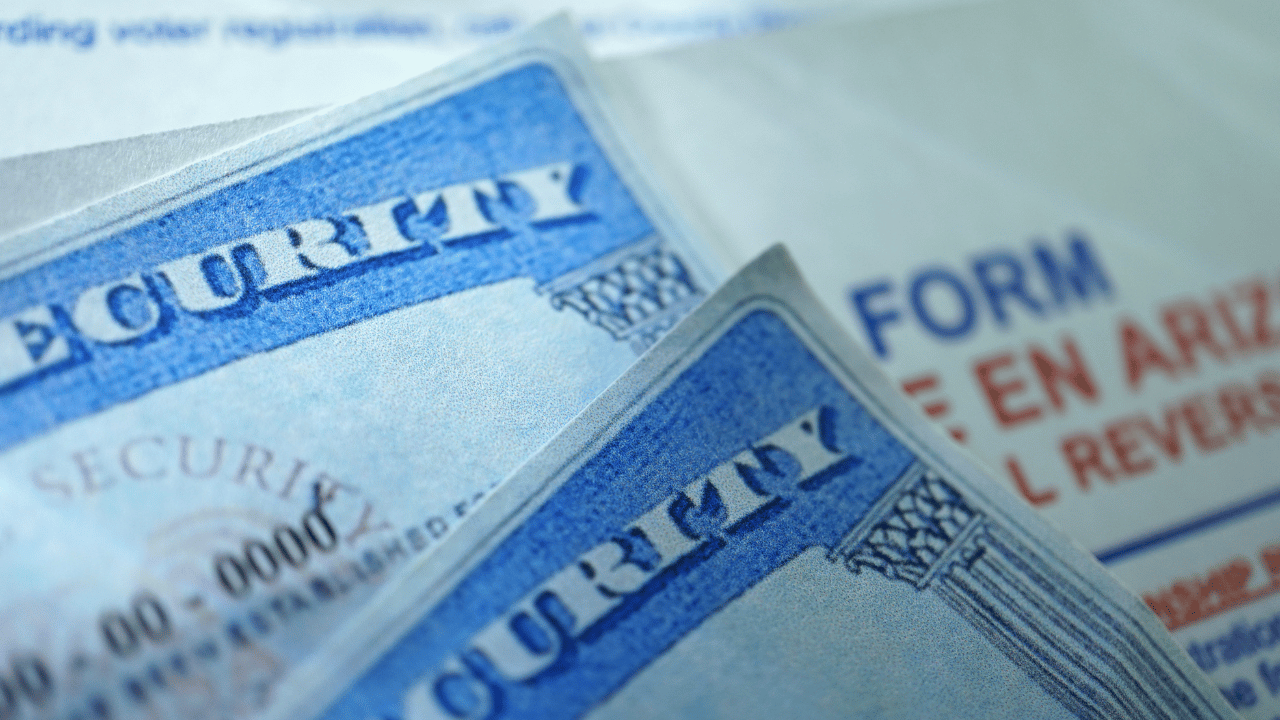As the end of July approaches, many households are bracing for incoming bills and financial obligations. Fortunately, the Social Security Administration (SSA) is preparing to release its next round of payments, which will be deposited within hours. For some qualifying recipients, this payment could be as high as $5,000. While not everyone will receive the maximum amount, it’s a welcome relief for millions who rely on these funds.
The SSA has long supported retired individuals, people with disabilities, and survivors through Social Security benefits and Supplemental Security Income (SSI). For many, these payments are their only source of income, used to manage daily needs like groceries, rent, and medical expenses. As part of a structured monthly distribution, the agency will issue the next round of payments based on a fixed schedule tied to recipients’ birth dates.
Only a selected group of beneficiaries will qualify for the highest payment, and even then, adjustments might apply due to overpayment recoveries the SSA is implementing. The timing of your benefit, your earnings history, the age you claim, and your full retirement age (FRA) all play a role in how much you receive. Understanding these details is crucial to managing and planning your financial future effectively.
SSA Payment Schedule and Eligibility Details

The Social Security Administration will release its next batch of payments on Wednesday, July 23, 2025. Payments are scheduled weekly each month, depending on the recipient’s birth date. For this cycle, individuals born between the 21st and the 31st of any month will receive their benefits.
Most payments are issued via direct deposit, which allows funds to be received quickly and securely. If you don’t see your payment on the expected date, the SSA advises waiting three business or mailing days before reaching out. In most cases, 99% of recipients receive their payment on time.
Who Qualifies for the Maximum SSA Payment?
While millions of Americans receive Social Security benefits, only a portion will qualify for the maximum benefit amount—which in 2025 could reach up to $5,108 per month. This maximum applies to those who:
- Have worked for at least 35 years with consistently high earnings
- Delay claiming benefits until the age of 70
- Meet or exceed their full retirement age (FRA), determined by their birth year
Here’s a basic look at what you can expect based on the age you begin claiming:
| Claiming Age | Monthly Benefit (2025 Estimate) |
|---|---|
| Age 62 | $2,831 |
| FRA (Approx. 66-67) | $4,018 |
| Age 70 | $5,108 |
Keep in mind, starting benefits early will lower your monthly payment, while delaying it can increase your total benefit significantly over time.
SSA to Begin Reducing Payments for Overpayments
Starting late July 2025, the SSA will begin deducting amounts from the benefits of recipients who were previously overpaid. These reductions will continue until the total overpayment is repaid. This adjustment may affect even those who were originally eligible for the maximum benefit, so it’s important to review any official notices you receive from the SSA.
What Affects Your Monthly SSA Benefit?
The Social Security Administration calculates your benefit based on several factors. Understanding them can help you estimate what you may receive or how to plan for the future:
- Highest 35 years of earnings, adjusted for inflation
- Your full retirement age (FRA), which depends on your birth year
- The age you begin claiming benefits
- Eligibility for spousal or survivor benefits
Each of these elements plays a key role in your final benefit amount. Claiming early may result in reduced monthly payments, while delaying can maximize your total lifetime payout.
Disclaimer: This article is intended for general informational purposes only. For official and up-to-date information, always consult the Social Security Administration directly via SSA.gov or speak with your local SSA office or a certified financial advisor.









